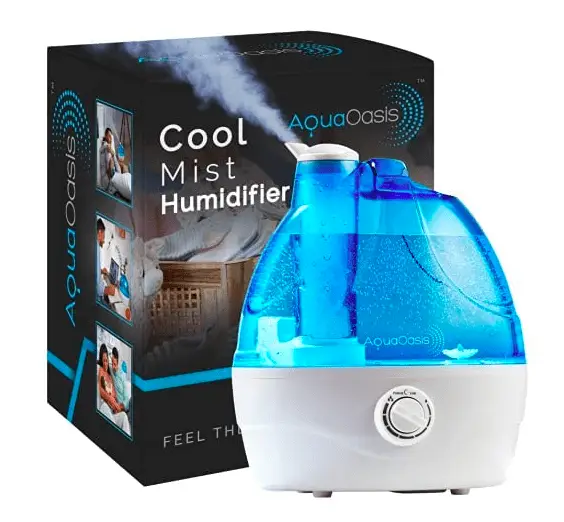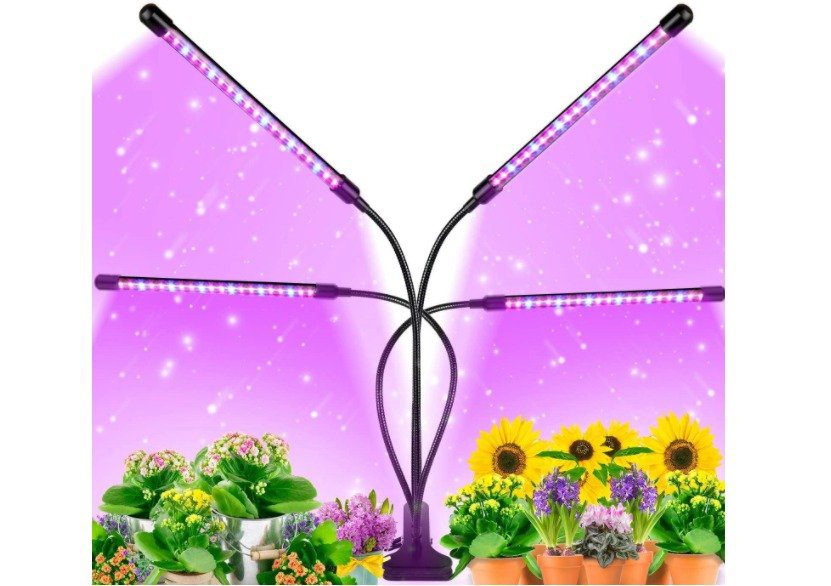If you have a Bird of Paradise plant and it is drooping, you may be wondering what is wrong. This can be a common problem for this type of plant, but there are several things that could be causing it. In this blog post, we will discuss the most common reasons why a Bird of Paradise droops and how to fix the problem!
Why Is My Bird of Paradise Drooping?
The most likely reason why your Bird of Paradise is drooping is due to incorrect watering. This plant needs to be watered regularly, but not too much. Allow the top inch of soil to dry out in between watering. If you notice the leaves drooping, water the plant immediately.
Another reason why your Bird of Paradise may be drooping is due to a lack of humidity. This plant loves humid environments and will start to droop if the air is too dry. Try placing a humidifier near your plant or setting it on a pebble tray filled with water.
If you have followed the watering and humidity instructions and your plant is still drooping, it may be due to a lack of light. Bird of Paradise plants need bright, indirect sunlight to thrive. Move your plant to a brighter location and see if that helps.
Another typical cause of the elephant ear plant drooping is a lack of light. To flourish and grow, this plant requires well-lit, indirect sunshine. If they don’t get enough sunshine, the leaves will droop and appear glum.
How to Stop Elephant Ear Plant Drooping?
Take action asap when you see your plant drooping because the longer you wait, the tougher it becomes to bring your plant back to life.
1) Improve watering
The first step is to check your watering habits. Are you watering too little or too much? The soil should be moist but not soggy. To check, stick your finger about an inch deep into the soil. If it’s bone-dry, it’s time to water. If it’s mud-like or mushy, you may be overwatering.
If your plant hasn’t received enough water, give it a good soaking until water runs out of the drainage holes at the bottom of the pot. Allow the soil to dry out in between waterings.
I like to do this procedure in the kitchen sink or bathtub to avoid making a mess. When watering directly from the tap in this manner, make sure the temperature of the water is lukewarm.
If you think you’ve been overwatering your plant, let the soil dry out completely before watering again. This will help to prevent root rot, a common problem among potted plants.
2) Increase humidity
Bird of Paradise plants thrives in humid environments. As such, they are susceptible to drying out quickly in homes with central heating or air conditioning.
Test the humidity of your home with a hygrometer, which you can find at most hardware stores. The ideal humidity level for Bird of Paradise is over 50%.
If the humidity needs to be increased, there are a few easy ways to do so.
Place the plant on a pebble tray: Fill a shallow dish with pebbles and water. Place your plant on top of the pebbles. As the water evaporates, it will increase the humidity around your plant.
Use a humidifier: This is my personal favorite method. I have a humidifier (Amazon link) in my office that I use to keep my plants happy and healthy. Simply turn it on and let it work its magic!
Mist the leaves: Use a spray bottle filled with distilled water to mist the leaves of your plant. Do this once or twice a day, or as needed.
By increasing the humidity around your plant, you should see an improvement in its appearance.

3) Provide more light
As we mentioned earlier, Bird of Paradise plants need bright, indirect sunlight to thrive. In fact, I’ve found they need more light than other plants in my home. Those huge leaves need a lot of energy! If your plant is drooping, it may be due to a lack of light.
Move your plant to a brighter location and see if that helps. Simply left in the corner of a room is not going to cut it. I like to place mine near a south- or west-facing window.
If you don’t have a spot in your home that gets enough natural light, you can supplement with grow lights.
Grow lights come in all shapes and sizes, so there’s sure to be one that fits your needs. I have a small grow light that I use for my plants. It’s about the size of a desk lamp and has two fluorescent bulbs.
I placed my grow light on an adjustable plant stand so I can raise or lower it as needed. This allows me to get the light as close to the plants as possible without burning them.
If you decide to go the grow light route, make sure to get one that emits both blue and red light (like this one on Amazon) Plants need both of these colors for proper growth.

Droopy Bird of Paradise FAQs
You’re bound to have questions about your droopy Bird of Paradise. Here are answers to some of the most common questions I get.
How do I get my Bird of Paradise leaves to stand up?
For those leaves that are flopping over, you can try staking them. Simply insert a stake into the potting mix and tie the leaf to the stake with plant ties or an old piece of cloth.
I like to use bamboo stakes because they’re strong and durable. You can find them at most hardware stores or online.
Should I prune droopy Bird of Paradise leaves?
There is no need to prune droopy leaves. In fact, you should avoid pruning your plant unless absolutely necessary. Pruning will damage the plant and could lead to further problems.
Will droopy leaves kill my Bird of Paradise?
No, droopy leaves will not kill your plant. However, it’s important to find out the cause of the drooping and address it as soon as possible.
It’s possible that the cause of the droopiness can lead to other problems that could be fatal to your plant. For example, too much water can lead to root rot, fungal problems, and a whole host of other issues.
Do I need to re-pot a drooping Bird of Paradise?
No, you don’t need to re-pot a drooping Bird of Paradise. In fact, I would recommend against it unless absolutely necessary. Re-potting can be stressful for your plant and could lead to further problems.
The only time I re-pot a plant is if it’s rootbound, the potting mix is old and needs to be replaced, or if I suspect that root rot is present.
Will my droopy Bird of Paradise recover?
Yes, your droopy Bird of Paradise will recover if you manage to fix the problem. The key is to figure out the cause of the drooping and address it as soon as possible. With a little care and attention, your plant will be back to its perky self in no time!
Conclusion
In conclusion, there are a few things you can do to help your droopy Bird of Paradise. First, check the soil to see if it’s too wet or dry. Second, increase the humidity around your plant. And third, provide more light.
If you can’t seem to figure out the problem, or if your plant is not responding to treatment, it’s best to consult with a professional. They will be able to diagnose the problem and recommend a course of action.
I hope this article was helpful. If you have any questions, please feel free to leave a comment below. And as always, happy gardening!
Tim is an avid gardener from the UK. He was the founder of PlantCarer.com from 2021 to Sep 2023. He sold PlantCarer.com to Aaron. He has since started his own business called Seed To Supper, which provides new gardeners all the materials you need in a box (pots, seeds, compost and instructions) to grow your own delicious and nutritious vegetables and herbs from start to finish – no garden required.









0 Comments